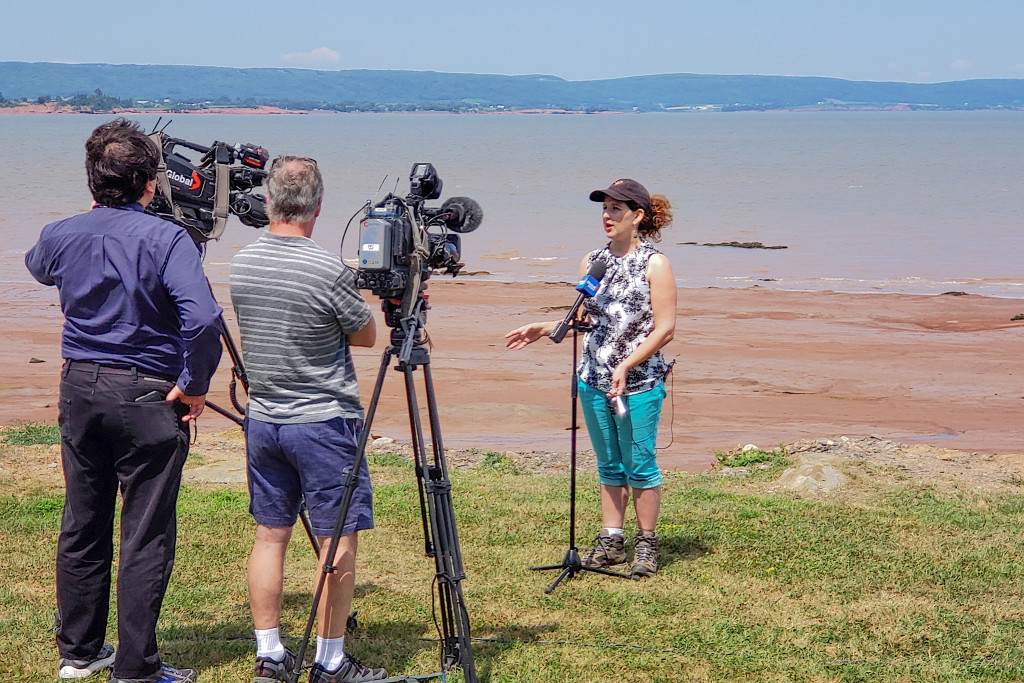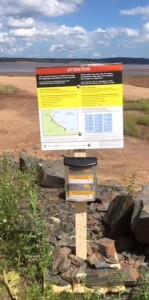
Figure 1 in the paper, showing defining characteristics of flagship individuals, presented through the example of an African elephant (Loxodonta africana). A flagship individual (the central composite image with four shades of green) is distinguished by species characteristics, individual traits (here, larger body size and prominent tusks), its level of exposure to humans (tourism), and its individual fate (a victim of poaching).
Another new paper is out today in Frontiers in Ecology and the Environment thanks to the leadership of Ivan Jarić at Université Paris-Saclay, systematizing the use of individual animals and plants as so-called ‘flagships’ of conservation campaigning. Titled Flagship individuals in biodiversity conservation (and happily open access), the paper describes the characteristics of a typical flagship individual, drawing on examples from around the world, and their potential utility for drawing attention to conservation needs. As with fundraising for humans, it is the individual story that will often move people to act. The paper also considers some of the challenges or drawbacks of such personalization, both for the individual in question and for the cause.






